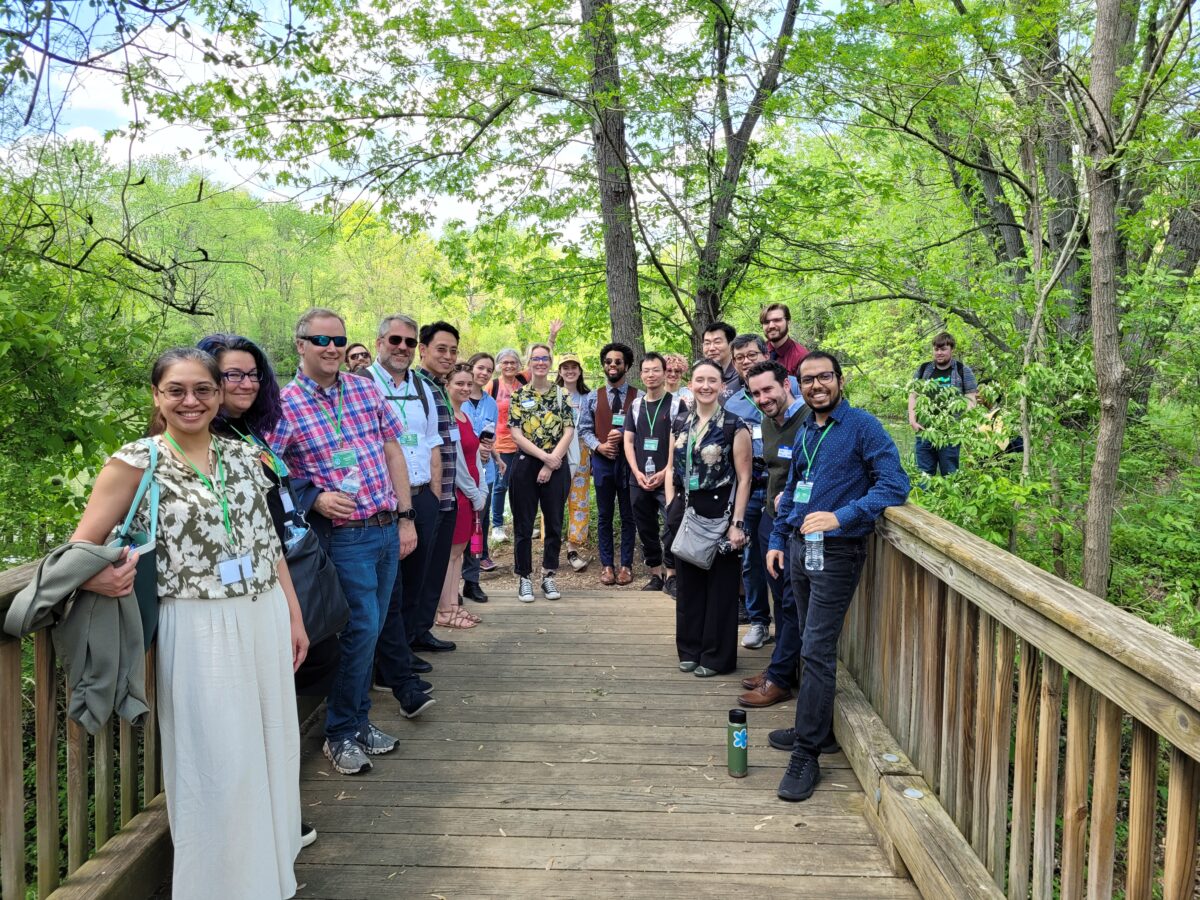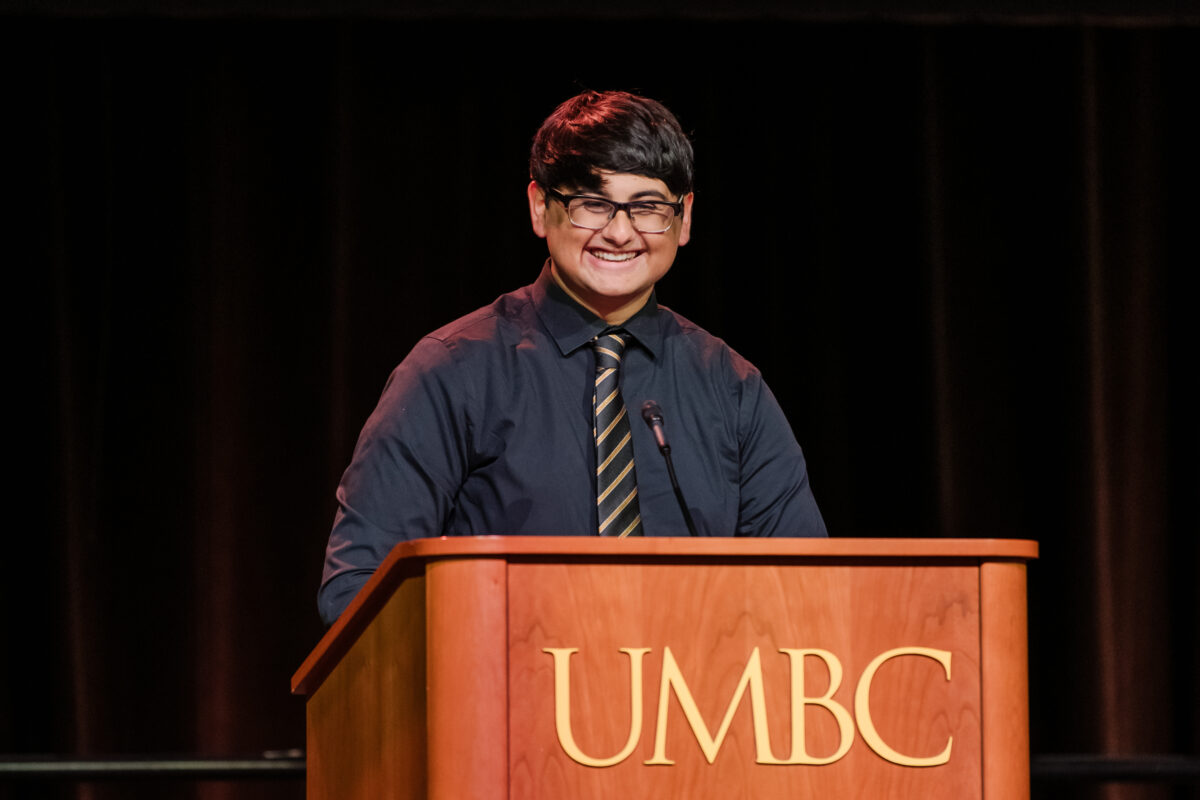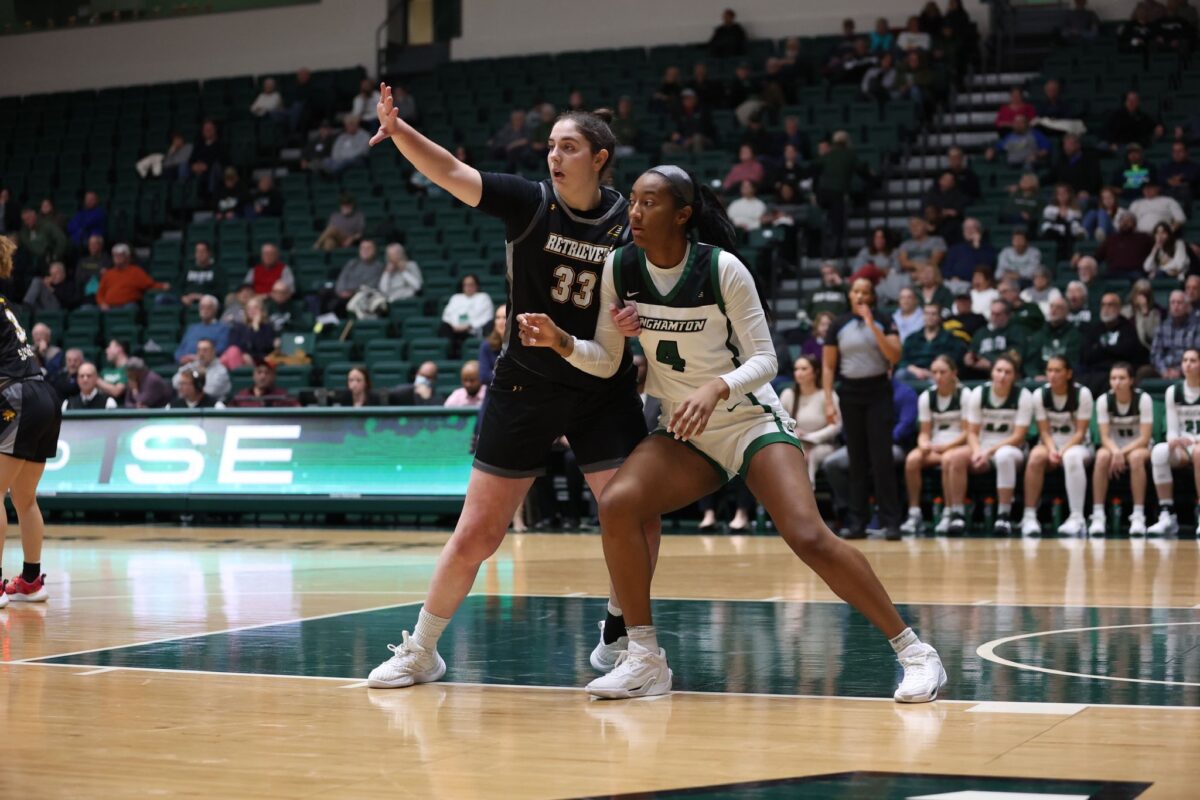Chemistry Discovery Center Serves as Model for Physics, Math
Watch a video on UMBC’s Chemistry Discovery Center:
Created by Professors Ralph Pollack and William LaCourse, the multi-faceted Chemistry Discovery Center has spurred similar tutorial-style environments in the Departments of Physics and Mathematics and Statistics.
Both interested in modernizing curriculum in physics, Lecturers Eric Anderson and Lili Cui wanted to better engage students in introductory courses. In the fall of 2007 they established a tutoring center in the Physics building where students perform experiments, complete worksheets and problem solve in group settings. Students spend two hours in the tutorial room three times a week for a four-credit class. They receive support not only from a faculty member but from a teaching assistant and two learning assistants.
“A lot of our teaching and learning assistants want to be physics teachers,” said Cui. “They have teaching in mind from the start and really encourage the students.”
“There’s someone there supporting the students, giving them positive feedback and helping them work through problems,” said Anderson. “The students work really hard and bond with the assistants easily.”
The Math Center, though different in terms of tutorials, has a similar approach when it comes to assisted teaching. The Center, which opened in late fall 2008, employs both tutors and teaching assistants who specifically want to become teachers.
“Math majors who want to be teachers are ideal for these positions,” said Nagaraj Neerchal, chair and professor of Mathematics and Statistics.
Neerchal hopes to offer a hybrid version of the traditional Math 106 course that will include both lecture and computer time, specifically using the tutoring program ALEKS. The program will tackle algebra, a subject in which many students struggle.
“Students who have trouble with the traditional Math 106 course will continue to have difficulty in subsequent classes,” said Neerchal, “The hybrid course will be the best of both worlds.”
The Chemistry Discovery Center continues to flourish with a retention rate of 96 percent in fall 2007 and 97 percent in spring 2008. Eighty-four percent of students in Chemistry 102 now have a C or better. With an increase in students, the bar is also starting to rise higher. Students who were getting Bs are now getting As.
The method behind the Chemistry Discovery Center allows each student to be an active participant in a group without the use of technology.
“There are no paper or pencils – all white boards,” said LaCourse. “We use this method so the students depend on someone. It generates people working together as a team, learning competence and how to trust.”
The real-world approach of the Chemistry Discovery Center requires students to be accountable for their own work and those in their group. This gives students the opportunity to learn in a community-based setting, an option not always available in lecture-style classes.
“This is a new method of learning often done at small schools,” said LaCourse. “We’re taking the entire chemistry class and catching mistakes early on before they’re engrained.”
(2/20/09)
© 2007-08 University of Maryland, Baltimore County 1000 Hilltop Circle, Baltimore, MD 21250 410-455-1000



